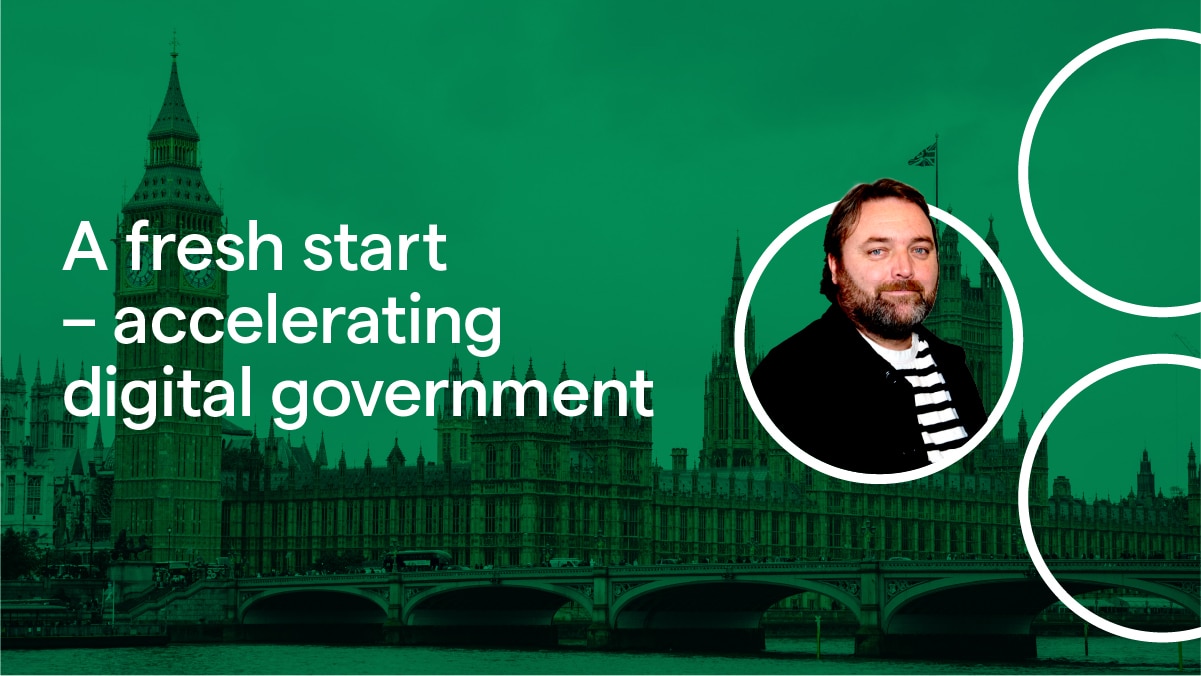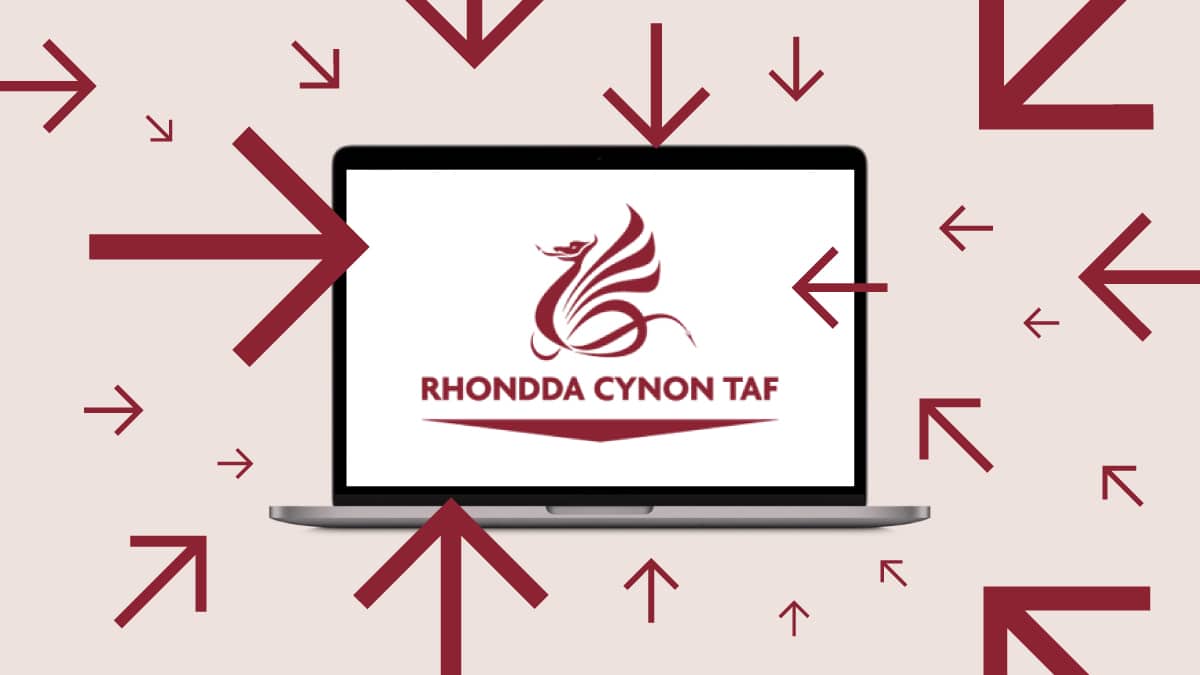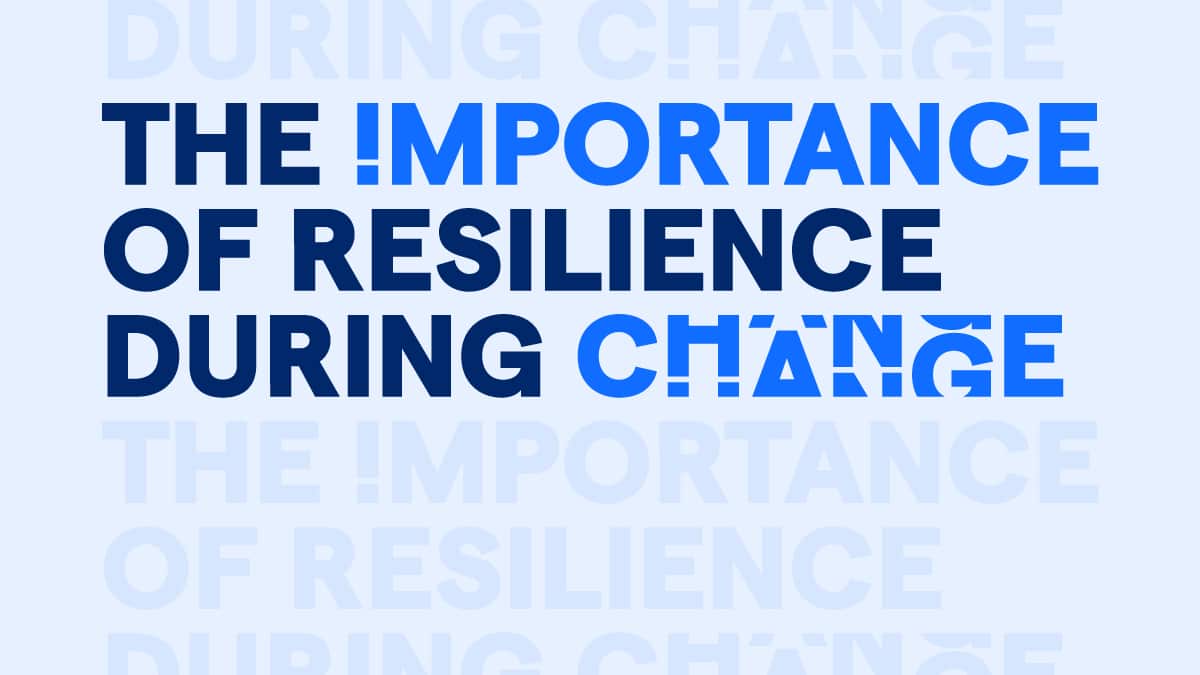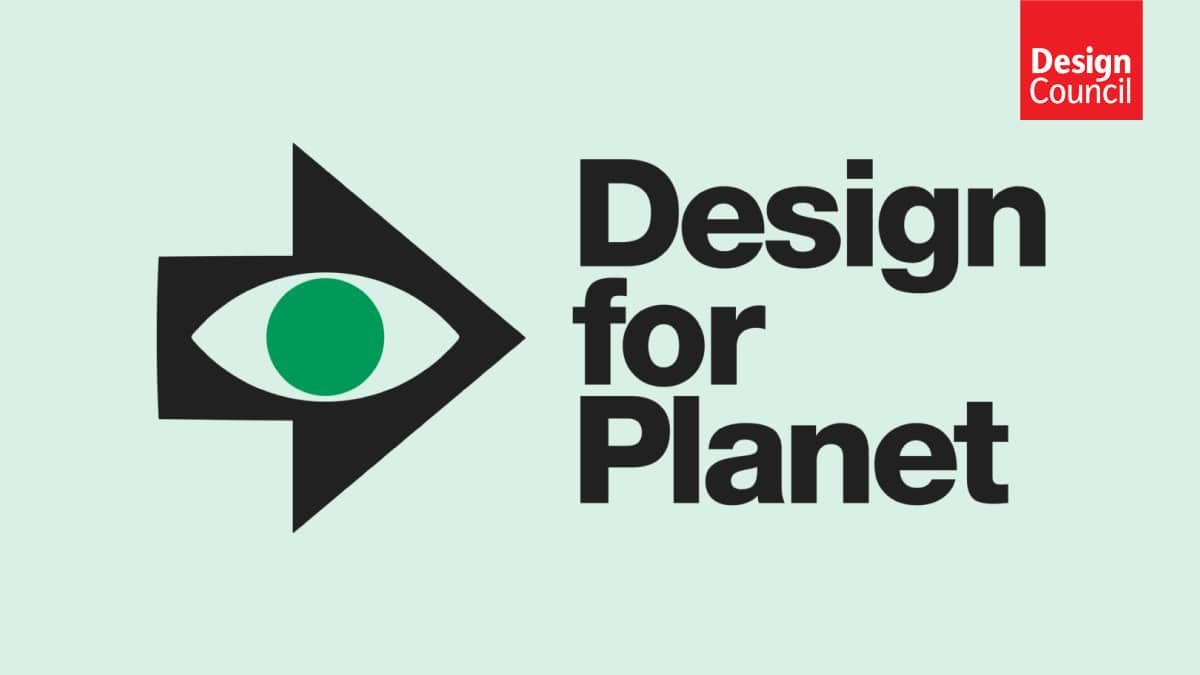The cornerstone of change – strategic narrative
4 min read Written by: Chris Elias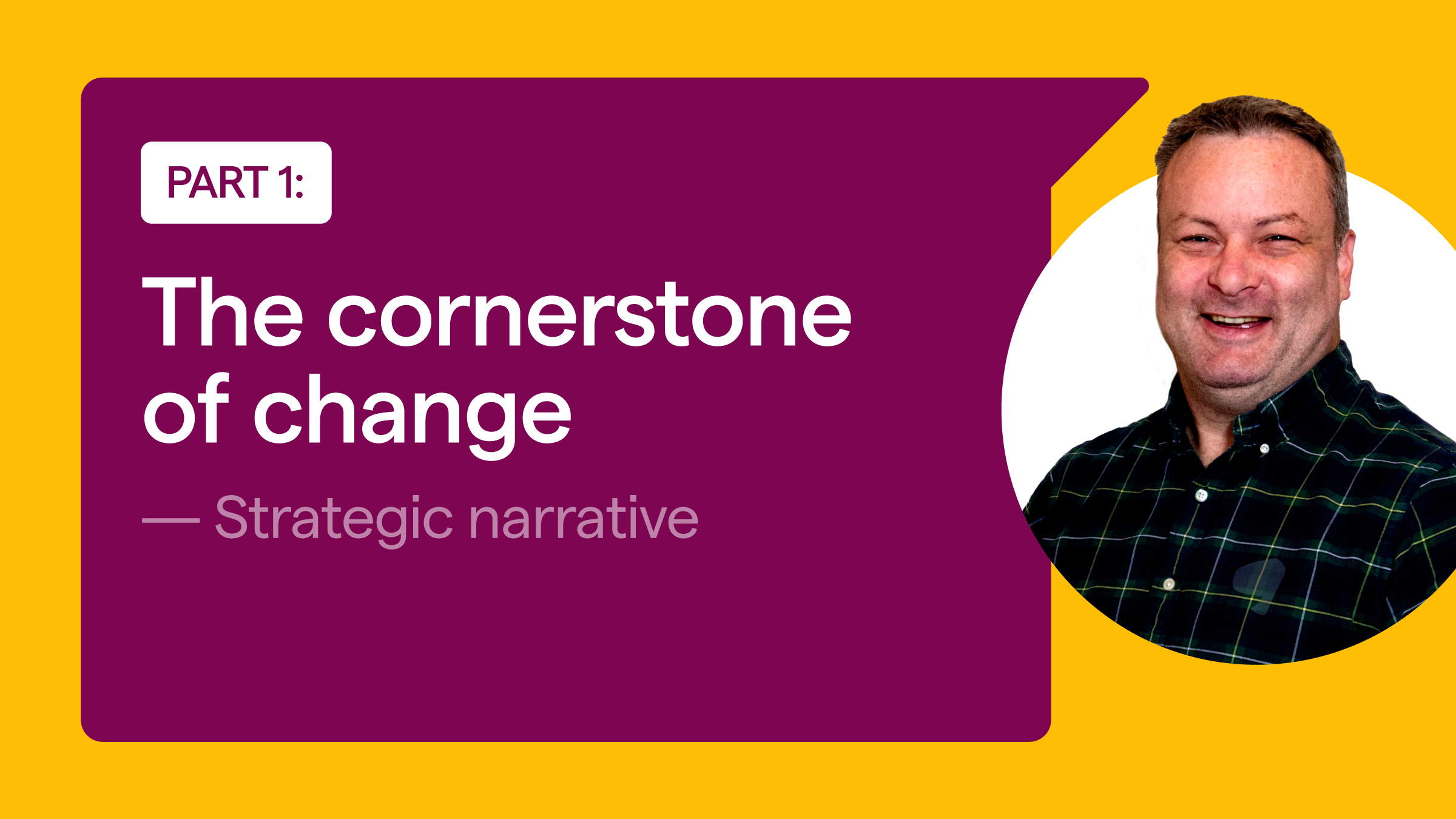
One of the reasons I joined Perago just over three years ago was the emphasis we put on communications when supporting organisations through change.
Since then, we’ve supported many organisations through different types of change across multiple sectors. It’s another part of what I love about this role: the diversity and range of challenges. Despite this, one thing is always consistent: the need to communicate the story of change.
Today, we’ll focus on – the strategic narrative. It’s more than just an announcement; it’s a compelling story that explains the “why” and “how” behind the change.
Why is a strategic narrative important?
The first thing to support organisational change is to develop a strong narrative.
As well as providing a great resource from which to develop further communications, it also acts as an effective tool to help reach an agreement between an organisation’s decision makers and its stakeholders.
Being part of the narrative development often supports understanding the rationale. It helps strengthen the direction and get buy-in from a broad set of stakeholders from the outset. Having a straightforward, well written and honest narrative is an excellent start to making sure that everyone understands what is happening, why and how it will change the organisation – it will help them think more about their role, the part they play and what they will need to do to support the change.
Think of it like the elevator pitch for your change initiative. A strong narrative serves several crucial purposes:
- Clarity: It provides a clear and concise explanation of what’s changing, why it’s necessary, and how it will benefit the organisation. Everyone, from leadership to frontline employees, can use it to develop an understanding of the bigger picture.
- Alignment: It helps reach an agreement between decision-makers and stakeholders and is often a catalyst for great debate and challenge. But by working toward a unified story, you can develop buy-in and reduce confusion.
- Understanding: Explaining how the change impacts their specific area helps everyone understand their role in change. Employees can see the personal value and feel more invested in its success.
How to structure an excellent strategic narrative
When developing your strategic narrative, it will help if you:
- Keep it Simple: Keep it clear, concise, and easy to understand. Avoid jargon and technical terms that might alienate your audience.
- Be Honest: Be upfront about the reasons for change and the potential challenges. People appreciate authenticity and transparency.
- Spend time on the words: Use robust storytelling techniques to engage your audience. Focus on the positive outcomes and clearly depict the future state.
Example of strategic narrative
A local authority body is implementing a new technology platform. Their strategic narrative might explain how the platform will improve efficiency, streamline processes and ultimately lead to better services for the residents. By highlighting the benefits for the company and its residents, they can create a narrative that inspires buy-in from all stakeholders.
The strategic narrative sets the stage for further communication throughout the change process. It’s the reference point that guides your messaging and ensures everyone is on the same page. By laying this strong foundation, you’re well on your way to navigating change effectively.
Stay tuned for the next part of the series, where we’ll explore how leaders can play a pivotal role in change communication!
If you’d like a chat about or need any support on any of what you’ve read, let me know – I’d be happy to share my thoughts.
